Featured Articles
Foraging Tips for the 7 Most Common Edible Plants
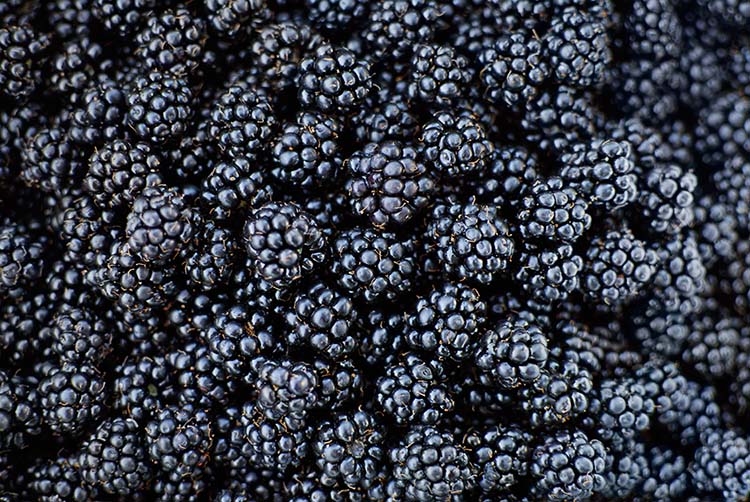
In my opinion, foraging for edible plants is a must have skill for EVERY survivalist. You just never know when that skill could come in handy and possibly save your life.
There are literally thousands of plants across the globe. The EDIBLE plants (plants that are safe for consumption) obviously are the ones that you’ll be looking for in a survival situation. This is why learning to identify edible plants is so important. One very important rule to remember: for every edible plant, there is (in almost every case) a poisonous look-alike. Be 100% sure that the plant in question is safe to eat before you even consider it dinner!
A few more tips about foraging for edible plants:
- Having a book on edible plants, that includes photos for identification purposes, is important. There are so many great books out there to choose from. My advice is to grab a book on wild edibles that pertains to your particular area or region. For example, if you live in Washington, choose a book that may be titled “Edible Plants of the Pacific Northwest” — which would also include Oregon and Northern California.
- When foraging for edible plants, make sure that they are free from pesticides. If you are not sure, then do not eat it.
- Do not forage near toxic waste dumping areas.
- Do not forage near highways or any other busy travel areas due to dust and exhaust covering the plants.
- Do not forage near water sources that appear contaminated.
Within this article it is impossible to list every edible plant. I will, however, share with you 7 of the most common edible plants and how to identify them.
- Dandelions
- Clovers
- Wild onions
- Plantain
- Cattails
- Blackberries
- Pine
Dandelions
Learn why this common weed makes a great survival food. https://t.co/FeitAisEnL pic.twitter.com/B02taoVxMt
— Survival Life (@SurvivalLF) September 2, 2016
The most recognizable wild edible plant on this list is the dandelion, which can be found almost anywhere. In the spring they have bright yellow buds, but will soon go to seed and transform into a fluffy puffball. They can be found on your lawn and in the woods.
The roots, leaves, and flower of the dandelion are edible. You can eat the entire thing raw or cook them to take away the bitterness. You can boil them in water to make a tea. You can also use the flower as a garnish for your dandelion salad. Dandelions are packed with vitamin A, vitamin C, and beta carotene.
Clovers
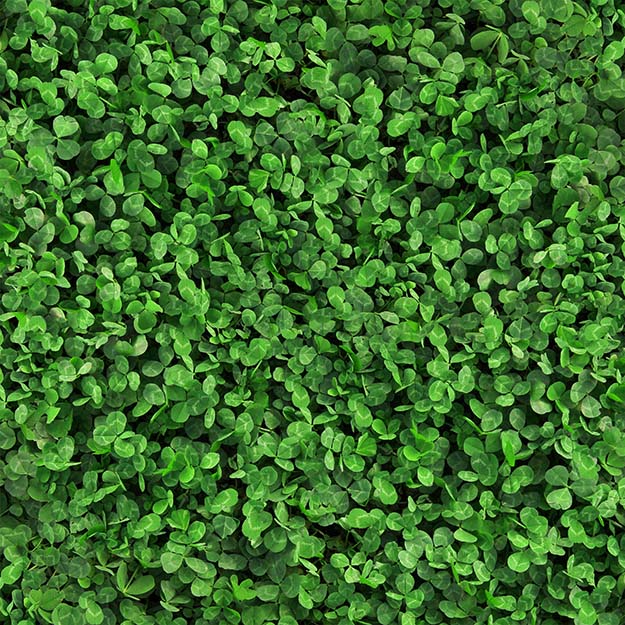
This edible plant can also be found almost anywhere. Clovers are easily spotted by their distinctive trefoil leaflets.
You can eat clovers raw, boiled, or sauteed. You can also use the leaves and blossoms to make a tea or pan roast the blossoms until they’re nice and crispy.
Wild Onions
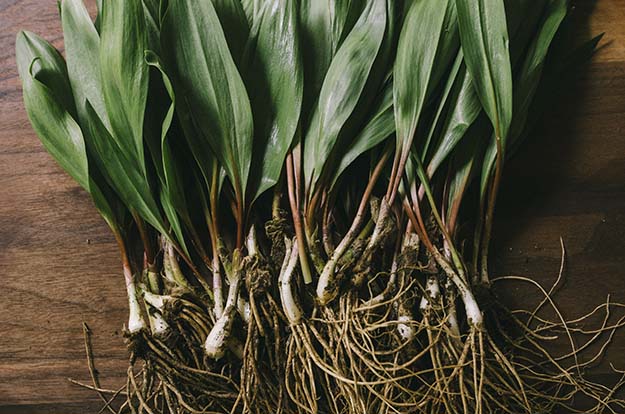
Wild onions, wild chives, wild ramps, and wild garlic can all be found in fields or forests. Some will have flowers, some may not, but any plant you find that smells like onion or garlic is edible.If the plant doesn’t smell like onion or garlic, do not eat it as there are similar looking plants that are toxic.
The whole plant is edible and can be eaten raw or cooked.
Plantain
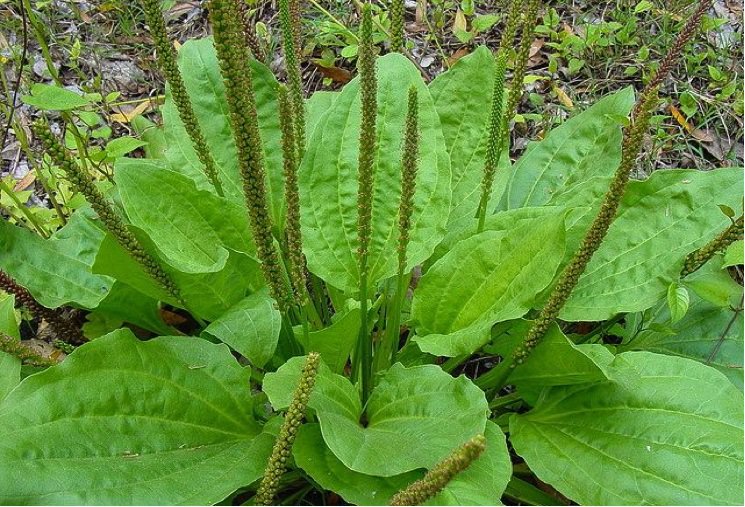
As with the dandelion and clover, plantain is typically considered a weed that grows just about everywhere.
One way to prepare and eat this plant is to blanch the leaves and saute with butter and garlic, just as you would with kale or any other tough green.
It is important to note that plantain is believed to possess medicinal qualities as well. The fresh leaves are applied whole or bruised in the form of a poultice, which are then rubbed on parts of the body stung by insects. It can also be applied directly to burns. The leaves can also stop the bleeding of minor wounds.
Cattails
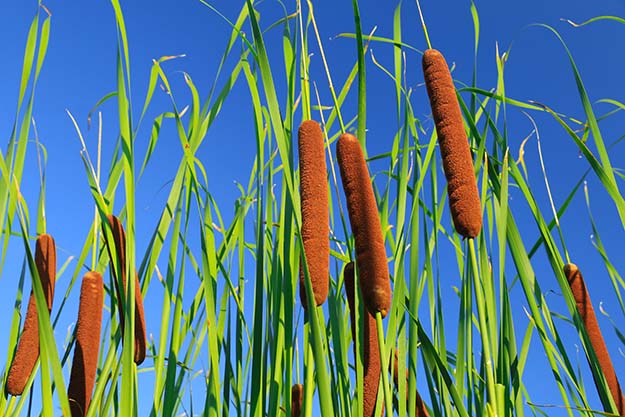
Cattails can be found near the edges of freshwater wetlands. Most of a cattail is edible. You can boil the roots or eat them raw. You can also eat most of the stem of the plant. The best part of the stem is near the bottom where the plant is mainly white. You can also boil the leaves and eat them as you would any other green.
While the seed head may look like a corn dog, it is NOT edible — however, they make great tinder!
Blackberries

Wild blackberries are 100% safe to eat and are easy to recognize. They have red branches with long thorns, jagged green leaves, and white flowers with 5 petals. They are delicious! The berries tend to ripen around August to September. So now, would be a great time to be on the lookout!
Pine
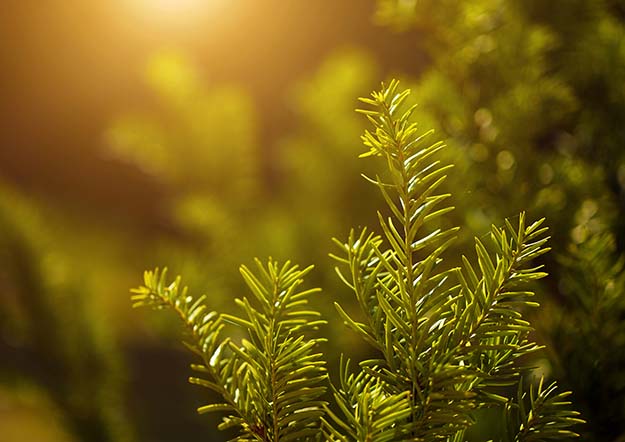
There are over a hundred different species of pine around the world. Some species of pine have large edible seeds (nuts) and are very tasty.
You can also use the needles for medicinal purposes. Add some pine needles to simmering water to make a tea that is rich in vitamins A and C.
NOTE: Some species of pine are poisonous! This is where your book on edible plants (with photos) will come in handy.
There you have it – 7 of the most common and recognizable edible plants. Foraging for edible plants is a necessary skill for all survivalists. You never know when this knowledge will be necessary. As with all aspects of survival – be and stay prepared!
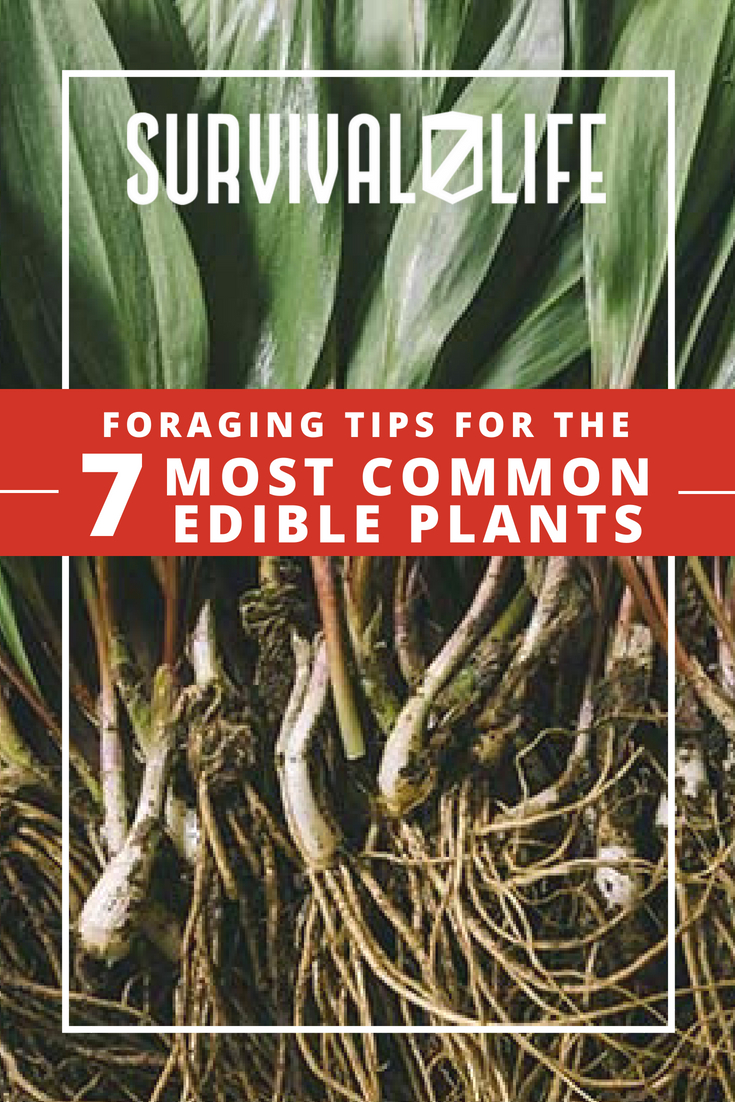
-

 Do It Yourself7 months ago
Do It Yourself7 months agoParacord Projects | 36 Cool Paracord Ideas For Your Paracord Survival Projects
-

 Do It Yourself9 months ago
Do It Yourself9 months agoHow To Make Paracord Survival Bracelets | DIY Survival Prepping
-

 Do It Yourself9 months ago
Do It Yourself9 months ago21 Home Remedies For Toothache Pain Relief
-

 Do It Yourself10 months ago
Do It Yourself10 months agoSurvival DIY: How To Melt Aluminum Cans For Casting
-

 Exports8 months ago
Exports8 months agoAre Switchblades Legal? Knife Laws By State


Pingback: Lifeproof Cases - Survival Life Tested | Survival Life
Pingback: How to identify and forage the most common edible plants - Homestead Notes
Pingback: Medicinal Uses For Weeds Commonly Found Around Your Home- Proportion 1 – Homestead Survivalism
Pingback: Edible plants: How to quickly, easily, and safely find them in the wild
Pingback: Medicinal Weeds: Everyday Uses Around Your Home - Part 2
Pingback: Medicinal Weeds: Everyday Use Around Your Home- Part 2 – Homestead Survivalism
Pingback: Medicinal Uses For Weeds Commonly Found Around Your Home - Part 3
Pingback: Medicinal Uses For Weeds Commonly Found Around Your Home - Part 4
Pingback: Medicinal Uses For Weeds Commonly Found Around Your Home- Component 4 – Homestead Survivalism
Pingback: Planting For Preppers 101: What You Need To Know
Pingback: Planting For Preppers 101 – Homestead Survivalism
Pingback: Medicinal Weeds And Their Uses- Part 6 – Homestead Survivalism
Pingback: 17 Wild Edibles You Should Know | Homesteading And Survival Skills – Homestead Survivalism
Pingback: Uses For Medicinal Weeds Commonly Found Around Your Home - Part 7
Pingback: Utilizes For Medicinal Weeds Commonly Found Around Your Home- Proportion 7 – Homestead Survivalism
Pingback: Good Weed, Man: Recipe for Salted Dandelion And Plantain, Two Ways
Pingback: Top 13 Survival Skills| Survival Life
Pingback: 13 Top Survival Skills | Learn Now, Survive Later | Primitive technology
Pingback: 13 Top Survival Skills | Learn Now, Survive Later - Survive!
Pingback: 13 Top Survival Skills | Learn Now, Survive Later – Ultimate Assets
Pingback: Benefits of Dandelions | More Reasons to Love the Survival "Weed"
Pingback: Benefits Of Dandelions | More Reasons To Love The Survival “Weed” – Ultimate Survival Alerts
Pingback: Is Purslane Edible? Foraging Edible Plants In Spring | Survival Go Bag
Pingback: Tree Identification Guide – Alive After USA Fall
Pingback: Tree Identification Guide | Best Go Bag
Timothy Gould
July 6, 2021 at 3:49 PM
In SERE training, we are cat tail blooms, the one looks like corn dogs.. the inside can even be made into pancake like mix..or you can cook them and eat like corn. They are very edible.
Pingback: Φαρμακευτικές χρήσεις για ζιζάνια που απαντώνται συνήθως γύρω από το σπίτι σας - Ιστολόγιο